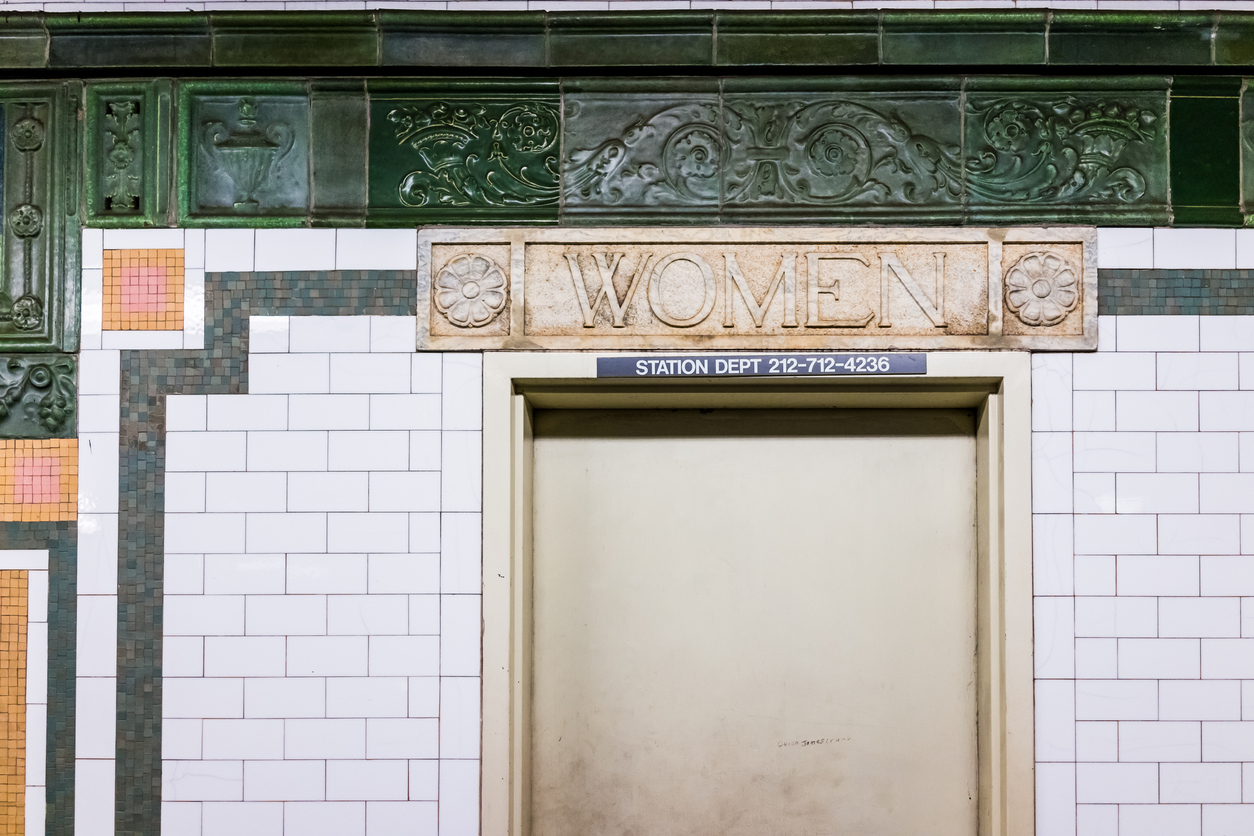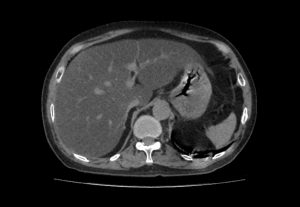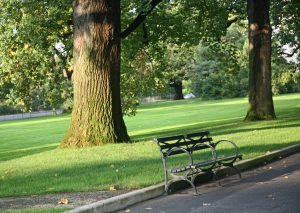Manhattan’s public bathrooms do not meet the needs of people who experience homelessness, especially with regard to managing menstruation, according to a new study from researchers at CUNY SPH and Columbia Mailman School of Public Health.
Public bathrooms are a vital resource for managing menstruation, particularly for vulnerable populations without reliable access to private, safe, and clean spaces and menstrual products.
Until now, little research has explored access to public toilets in the U.S. for people experiencing homelessness.
For the study, which was led by CUNY SPH Associate Professor Andrew Maroko and Mailman Associate Professor Marni Sommer, researchers, with support from Coalition for the Homeless, conducted a mixed-methods analysis that sought to capture the nature of menstrual management on the part of those experiencing homelessness, and how the local context may shape those experiences. Audits of public toilet facilities were also performed in a select number of sites across the borough of Manhattan.
The researchers found the most prevalent challenges to be accessibility to restrooms, availability of resources, cleanliness, and safety issues. These were critical issues for the study participants and prospective users. The analyses also revealed insufficiently provided, maintained, and resourced public toilets for managing menstruation in high-needs areas.
“Menstrual hygiene resources such as pads, tampons and toilet stall disposal bins, were found to be difficult to access in public toilets, a reality further exacerbated by the finding that these resources are even scarcer in areas of lower income residents,” says Dr. Maroko. “Safe access to clean public toilets is essential for anyone, housed or otherwise. If anything, the Covid-19 pandemic intensified such concerns.
The researchers say that, if the accessibility and resource issues among Manhattan public bathrooms were to be addressed, it would not only contribute to meeting the needs of the most marginalized or vulnerable populations but provide substantial benefits for the public good.



